How Visual Design Impacts Digital Advertising Success
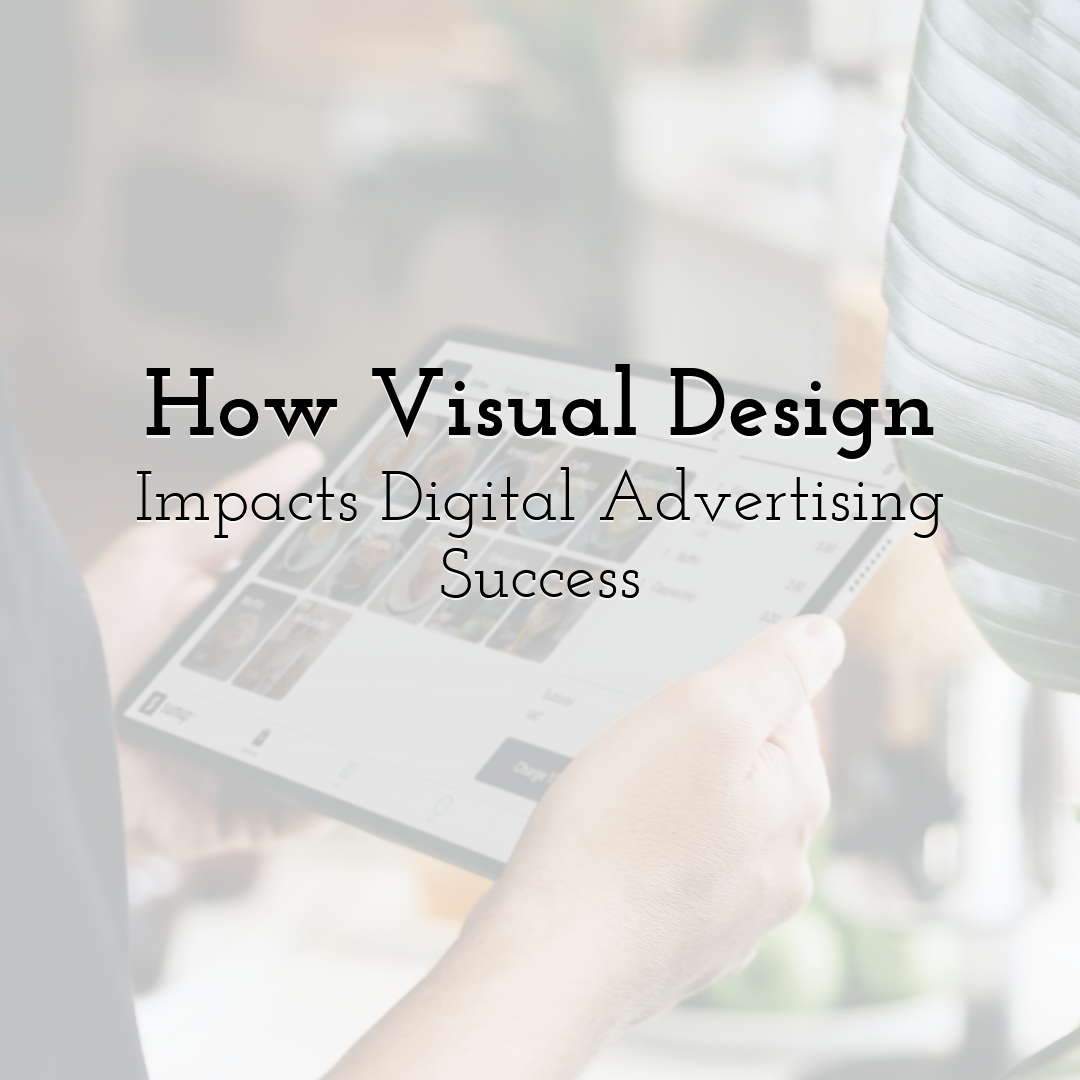
In the world of digital advertising, standing out is essential. Every day, consumers are exposed to thousands of online ads. Amid this noise, strong visual design becomes the key factor that captures attention and drives engagement. Good design attracts clicks and also builds trust, encourages conversions, and strengthens brand recognition. This post details the power of first impressions, the role of design in brand recognition, and more.
The Power of First Impressions
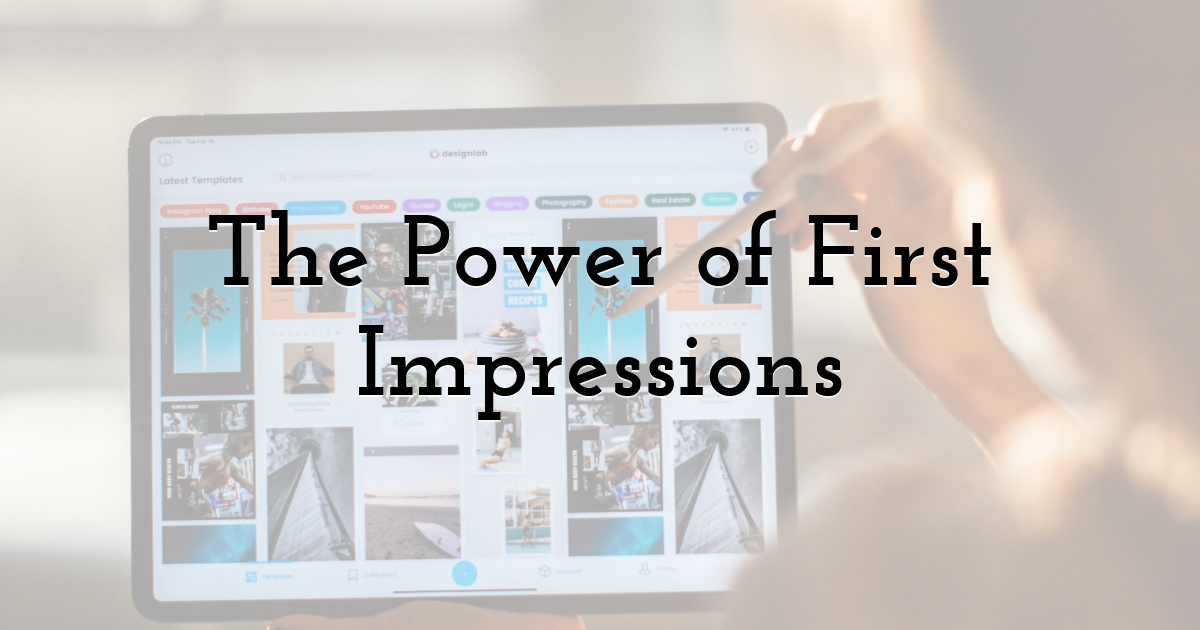
Visuals play a critical role in shaping how users perceive a brand. Within seconds, potential customers decide whether to engage or scroll away. A clean, consistent, and well-designed ad helps establish professionalism and credibility. In contrast, cluttered or poorly structured graphics can turn audiences away instantly. Investing in high-quality visuals ensures your ads make a strong first impression that invites users to learn more.
The Role of Design in Brand Recognition

Consistent design elements, such as colors, typography, and logos, create brand familiarity. This repetition helps audiences associate specific visuals with your brand identity. When users repeatedly see a recognizable design style, they are more likely to remember your brand and trust your products. Effective design consistency across campaigns boosts recognition and improves long-term advertising results.
Enhancing Engagement with Compelling Visuals
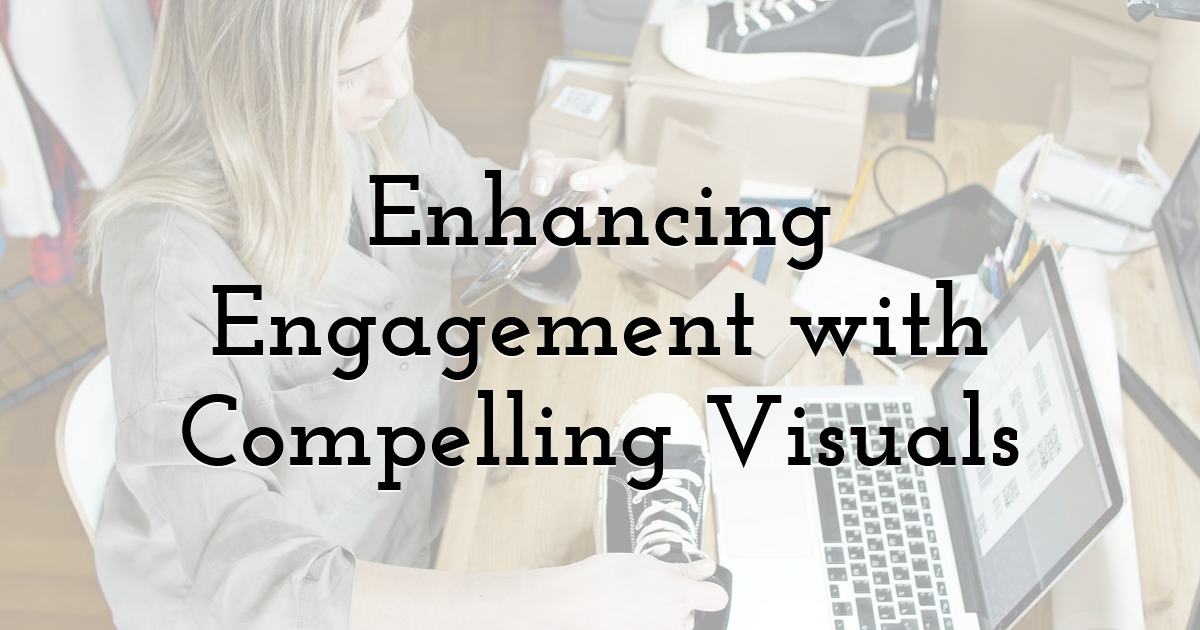
Strong design doesn’t just look good-it inspires action. Well-crafted visuals guide users’ eyes to important elements like headlines, offers, or calls to action. Using the right color contrast, layout, and imagery can emphasize the value of your message.
Additionally, visuals that reflect the audience’s needs and emotions make ads more relatable and memorable. When users connect emotionally with your design, engagement rates increase.
Avoiding Costly Ad Mistakes

Many marketers focus heavily on targeting and copy while overlooking design quality. However, poor design can reduce click-through rates and lead to wasted ad spend. For instance, an ad with unclear visuals or mismatched branding might confuse users and lower conversions.
This situation often contributes to problems such as a PPC campaign losing money, as weak creative elements fail to drive meaningful results. Focusing on design improvements can transform underperforming ads into high-impact campaigns.
Data-Driven Design Optimization
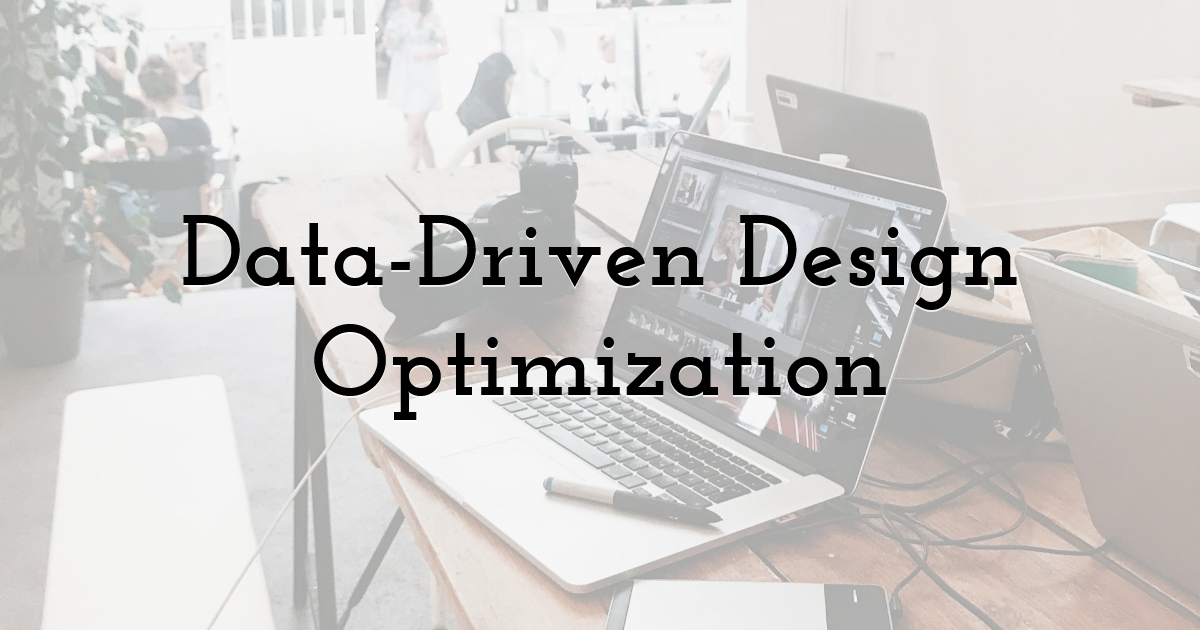
A successful advertising strategy involves testing and analyzing your visual content. A/B testing different designs allows you to determine which visuals resonate most with your target audience. Monitor metrics such as click-through rates, engagement time, and conversion rates to guide design adjustments. Over time, these insights help refine your creative approach and maximize ad performance.
Integrating Design and Message for Maximum Impact

An ad’s message and design should work together seamlessly. The visual layout must support the text, highlighting the key message rather than overwhelming it. When visuals and copy complement each other, your ad becomes more persuasive and easier to understand. This integration leads to stronger connections with potential customers and more effective communication overall.
Final Thoughts:
Visual design is at the heart of every successful digital advertising campaign. It attracts attention, communicates value, and shapes audience perceptions within moments. By focusing on high-quality visuals, consistent branding, and data-informed design improvements, marketers can significantly enhance ad performance. Strong visuals don’t just make ads beautiful-they make them effective.
Until next time, Be creative! - Pix'sTory
Recommended posts
-

7 Free Tools to Master Video Editing
Read More › -

How to Use Snapchat for Business in 2021?
Read More › -

How Small Ideas Make a Difference
Read More › -
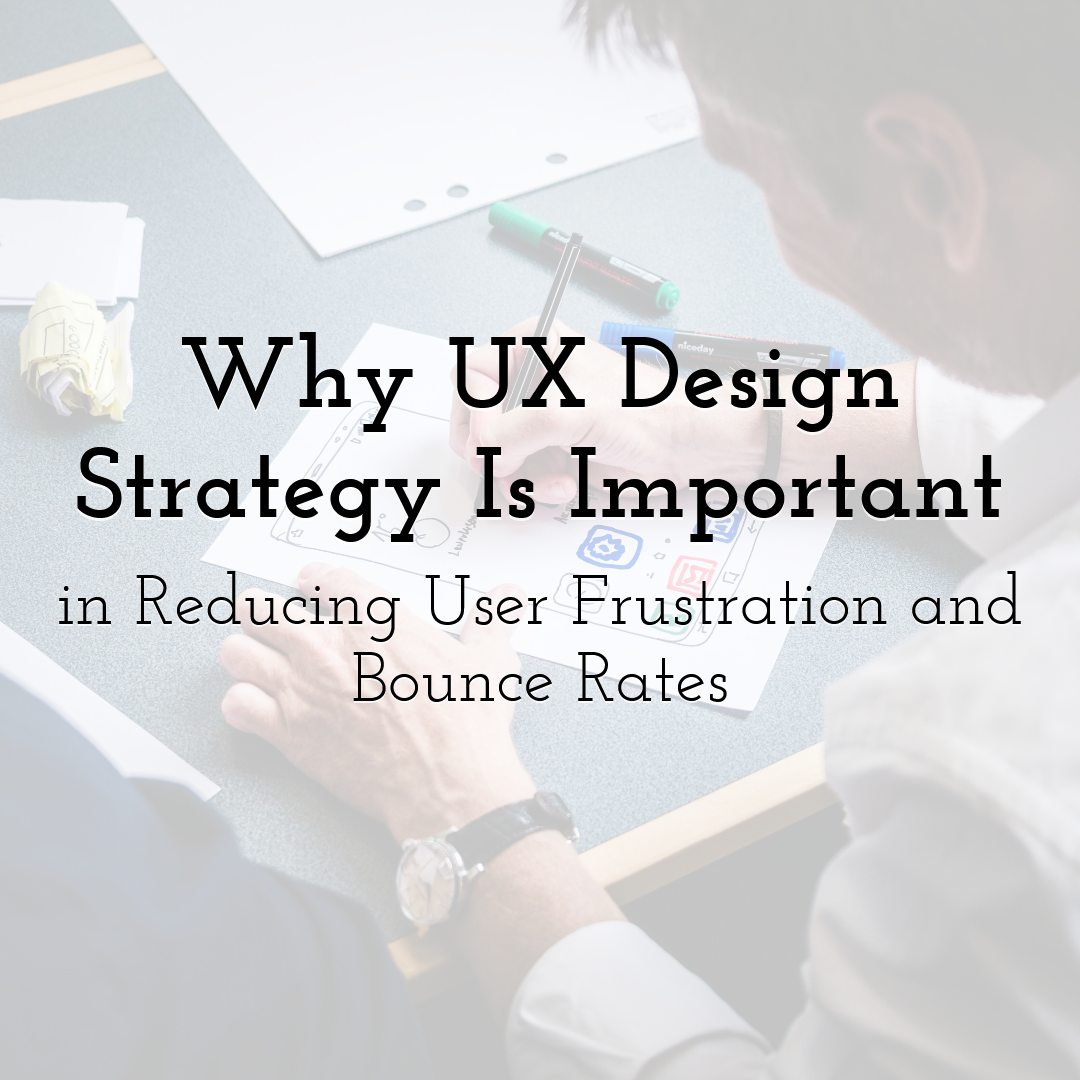
Why UX Design Strategy Is Important in Reducing User Frustration and Boun...
Read More › -
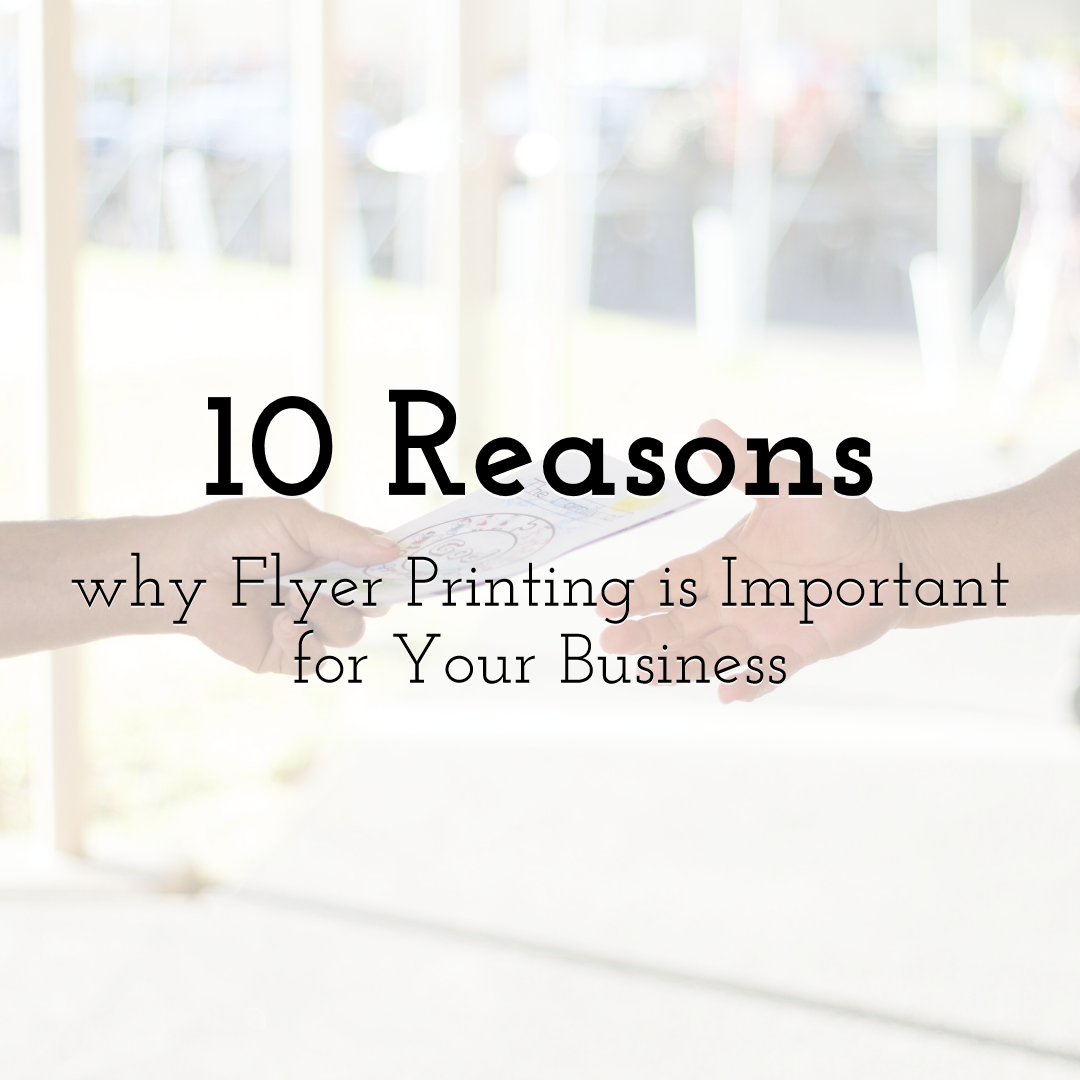
10 Reasons why Flyer Printing is Important for Your Business
Read More › -

How to Use Video Background on Your Website
Read More ›
